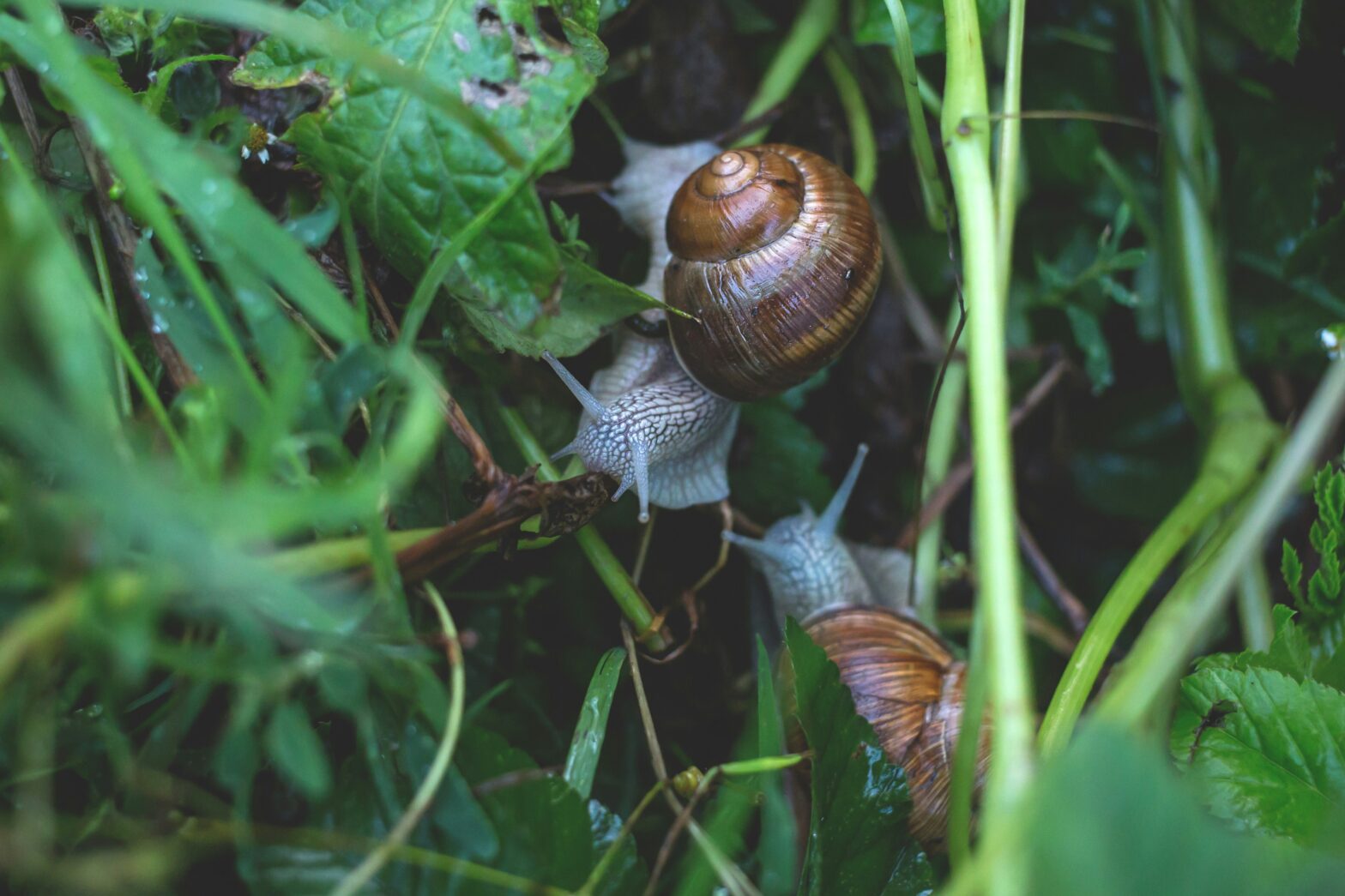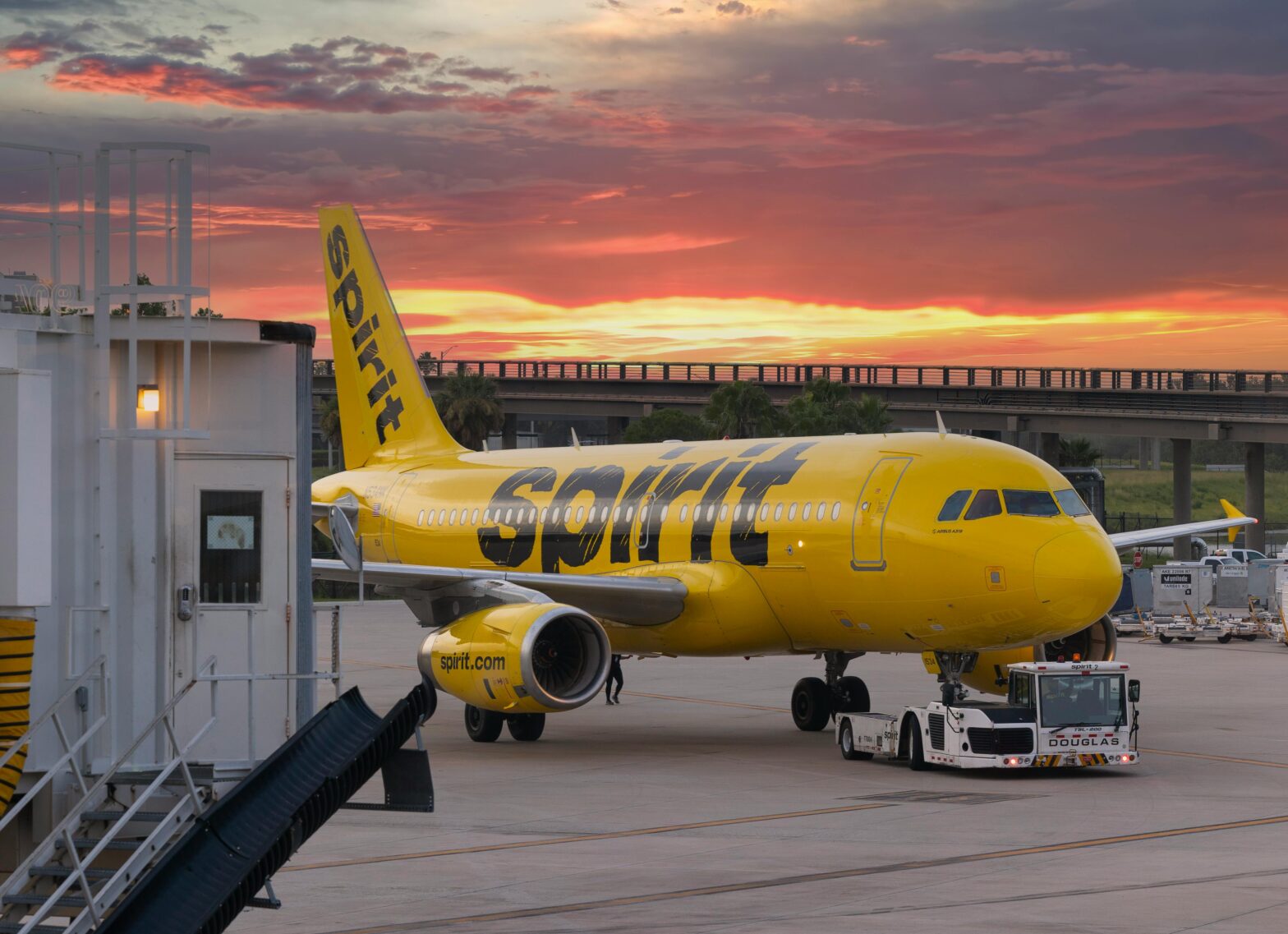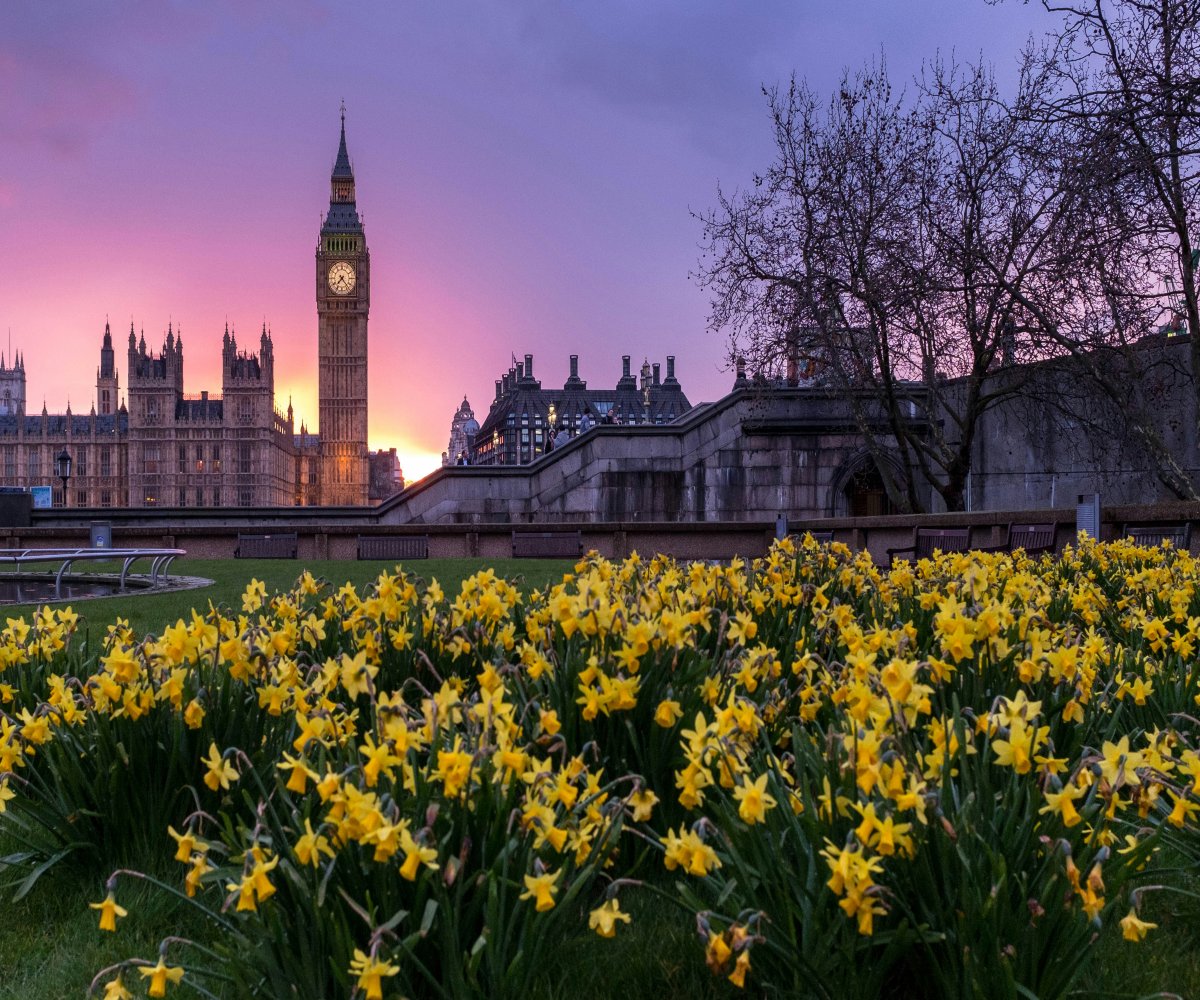The United States Customs and Border Protection (CBP) “intercepted” a male traveler’s 90 living Giant African Snails upon a second inspection of his belongings at Detroit Metropolitan Airport on June 30.
CBP detailed the confiscation in a July 16 press release. The government agency noted that agriculture specialists went to further inspect the man’s belongings after noticing an “odd odor.” The traveler had declared other “prohibited items,” including beef skin and peppers. He allegedly failed to disclose the snails, which CBP highlighted as an “invasive species” to the U.S.
Arriving from Ghana, the passenger reportedly had snails three to six inches long. After the live-shelled gastropods were seized, they were “humanely euthanized” to prevent their potentially damaging threat on American soil. CBP’s report noted that officials wanted to ensure the snails didn’t “enter the ecosystem and cause havoc to U.S. agriculture.”
“These snails are an invasive species that could negatively impact our economy,” Acting Port Director John Nowak claimed. “Our agriculture specialists are always keeping a watchful eye out for harmful plants, animals, and insects.”
Why Was Traveling With The Undeclared Giant African Snails Dangerous?
CBP claims the flyer was internationally smuggling the snails for consumption. A 2022 piece of scientific literature published by the National Library of Medicine notes that species is a high protein delicacy in Sub-Saharan Africa.
According to the U.S. Department of Agriculture’s Animal and Plant Health Inspection Service, Giant African Snails are typically three to four inches. That said, they can reportedly grow up to eight inches long and five inches in diameter.
The voracious gastropods allegedly eat over 500 types of crops and plants. They also carry various foodborne pathogens and can transmit parasites and diseases to other animals and humans.
The species’ first introduction into the United States ecosystem was in Miami in 1966. The Department of Agriculture claims to have eradicated the snails in the Florida hub in 1975 and again in 2021. Relevant authorities are reportedly tackling “new introductions” of the invasive creatures in other areas of Florida.
“GAS is widespread in Hawaii. They are also established in American Samoa, Guam, and the Mariana Islands,” notes the source.





